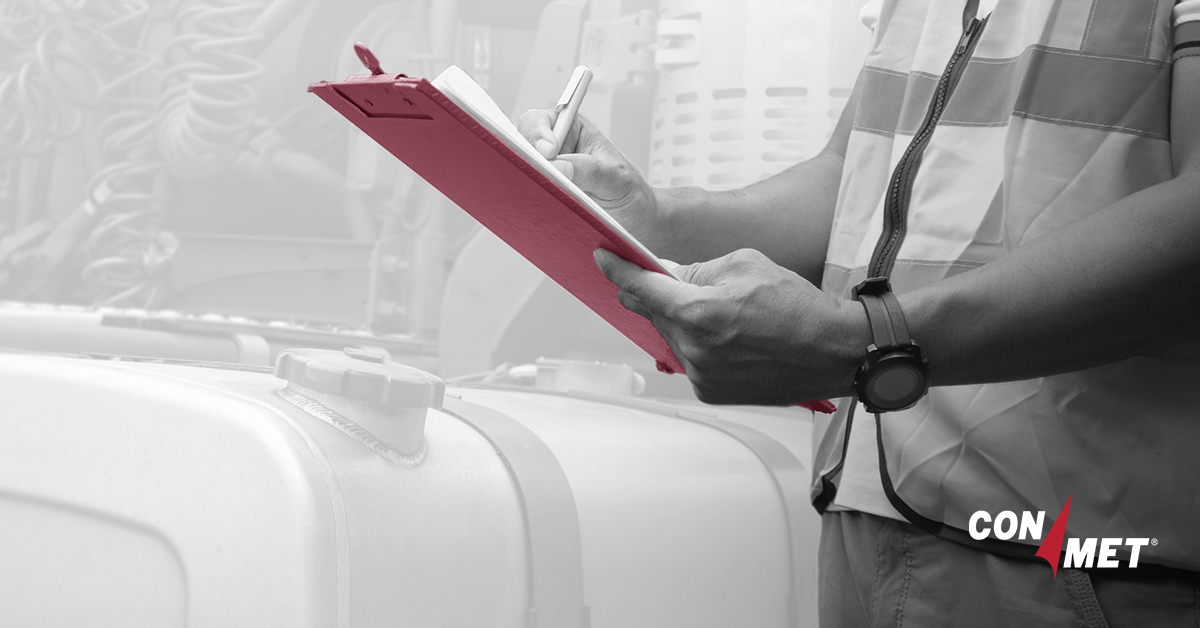January 2023 – Preventative maintenance is make-or-break for commercial vehicles. Ignoring this critical component of fleet management can lead to breakdowns, missed deadlines, poor customer experience, and other undesirable and costly repercussions. On the other hand, when a comprehensive preventative maintenance program is implemented – and adhered to – fleets see enormous benefits, including increases in safety, uptime, cost savings, and driver satisfaction.
While most fleets have some type of regular maintenance procedures, there is always room for improvement. Any proactive maintenance is better than none, but taking the time to evaluate and strengthen the approach can pay dividends in the long run.
Here are three ways to enhance the preventative maintenance program:
1. Determine the right schedule
Optimizing maintenance schedules helps to mitigate the risk of unplanned downtime. It also helps ensure that the work in the shop is consistent and that the fleets always have the right personnel and parts on hand when needed. Schedules can be determined in a variety of ways, including by time intervals or mileage.
Time-based maintenance is typically best for fleets that run local routes, while mileage-based maintenance tends to favor long-haul vehicles. For example, lubrication naturally absorbs moisture and other contaminants, diminishing its effectiveness in vehicles that spend more time parked than on the road. This requires the lubrication to be regularly changed at a time interval rather than a mileage interval. On the flip side, long-haul vehicles have moving wear parts, such as the wheel end, that get a lot of use in a short amount of time. In this case, the vehicle needs to be serviced often enough to ensure the safe and efficient operation of all its parts, which translates to several miles rather than the amount of time.
A preventative maintenance program may even include a mix of time- and milage-based intervals, depending on the fleet type, operating conditions, usage, and other variables. No two fleets are the same, but all fleets should determine a set maintenance schedule to maximize uptime and performance.
2. Clearly communicate the plan across the organization
Once the appropriate maintenance schedule is determined, it’s imperative to properly implement the plan and make sure it is sustained. This will require communicating clearly and consistently with everyone involved. Everyone must know the overall program and their specific role, from parts and service managers to counter staff and drivers.
Any program will have at least some complexity, so checklists, quick-reference posters, and other documentation will help keep the whole team on track. Preventative maintenance should also be discussed during planning meetings, trainings, and other group sessions so everyone can ask questions and fully implement the plan and its purpose.
3. Add ConMet® Aftermarket PreSet® hub assemblies to your maintenance plan.
A third way to strengthen your preventative maintenance program is to ensure you’re using the best replacement parts. Especially in safety-critical areas, like the wheel end, using high-quality, reliable components will help ensure top performance between service intervals.
ConMet Aftermarket PreSet hub assembly is the choice of fleets looking for proven wheel ends. Our proprietary, pre-assembled hubs are designed for optimum performance and reliability, and used as first hub by most of the truck and trailer OEMs. By replacing it rather than rebuilding it, you’re installing pre-assembled, brand-new components correctly every time, reducing the likelihood of premature failure. The installation process is quick and easy, saving time and service complexity. Technicians simply slide the self-piloting PreSet hub assembly onto the spindle and torque the nut and install the retaining clip, leaving virtually no room for error. PreSet hub assemblies also carry an industry-leading, five-year/500,000-mile limited warranty so that they can be installed with confidence and peace of mind.
ConMet Aftermarket PreSet hub assemblies are available through local stocking dealers or distributors throughout North America. View our commercial vehicle aftermarket wheel products or learn more about aftermarket PreSet and PreSet Plus hubs.
VANCOUVER, WA | by Nick Tosie, Director of ConMet’s National Service Group


